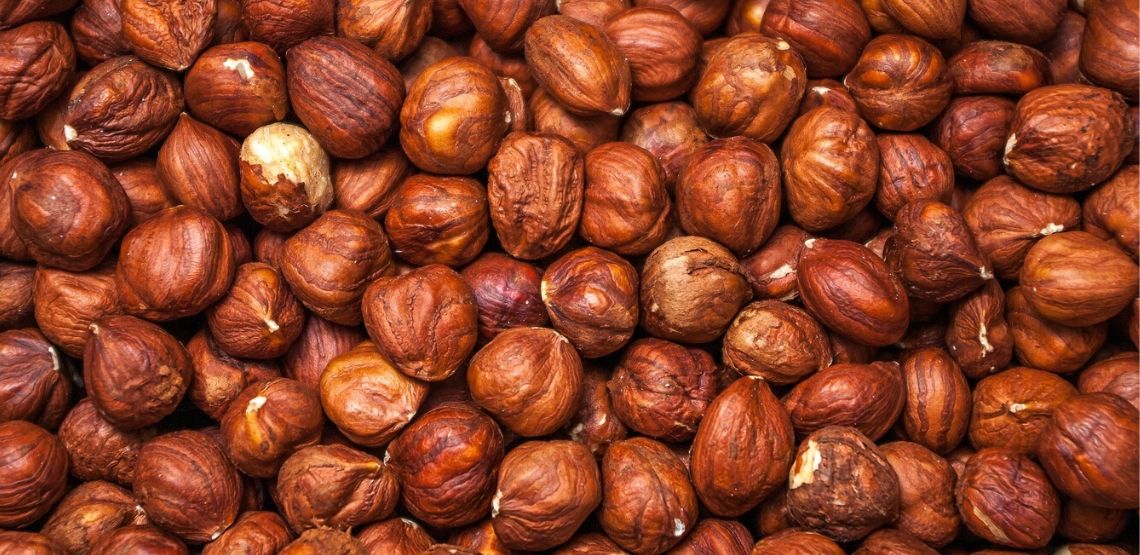From Plants to Meats
Eating protein every day is one of the crucial ways to keep your body in great health. Your body needs protein to complete almost every biological process. But as with all foods, source and quality matter. There are many sources of protein, and different people will have different preferences. Even if you don't eat meat, there are still many options available.
What is Protein?
Amino acids are what make up all proteins, no matter the source. With there being 20 different types of amino acids, they are broken down into the three groups below.
Essential Amino Acids
The term essential amino acid means the body cannot make them and so it needs to get them from food sources. The names for these essential amino acids are histidine, isoleucine, leucine, lysine, methionine, phenylalanine, threonine, tryptophan and valine.
Non-Essential Amino acids
There are also non-essential amino acids, which are the amino acids our body makes on its own. The names of these are alanine, arginine, asparagine, aspartic acid, cysteine, glutamic acid, glutamine, glycine, proline, serine and tyrosine.
Conditional Amino Acids
The third and final group of amino acids is termed conditional amino acids. These types of amino acids are not generally considered essential unless the body is going through a state of stress or illness. The names of these are arginine, cysteine, glutamine, tyrosine, glycine, ornithine, proline and serine.
The Importance of Protein
After the digestion of protein sources such as chicken, eggs, beef or almonds, amino acids are what is left and it is their job to transport nutrients via the bloodstream.
Here are the roles of protein and amino acids:
- Helps with blood clotting.
- Helps with muscle contractions.
- Builds muscles, bones, cells and blood.
- Helps to keep correct body pH.
- Maintains fluid balance (including the fluid between your blood and the surrounding tissue).
- Builds and repairs all body tissues.
- Produces enzymes.
- Produces hormones.
- Produces energy.
- Boosts immune health (such as making antibodies).
Animal Protein vs. Plant Protein
Every single protein sourced from animals contains all the essential amino acids. These are known as complete proteins.
Almost all plant protein sources do not contain amino acids, such as beans, lentils and nuts. Plant sources are almost always missing at least one or more amino acids. These are known as incomplete protein sources. There are only two plant protein sources that have been found to contain all the amino acids, which are soy and quinoa.
However, there are concerns with both. Soy contains a low amount of two of the amino acids, making them incomparable to animal protein sources, and quinoa, while all the levels of amino acids are good, is still considered a carbohydrate source above all else.
When deciding which source of protein is best, the ideal diet would include both plant and animal protein, as animal protein contains certain vitamins that plant-based protein does not, such as vitamins B12, D and zinc. If you choose to omit all animal protein, then be sure to have regular health checks that include a full panel of yearly blood tests.
Recommended Daily Intake of Protein
All the amino acids are not required by the body at every single meal. To meet your daily requirements, simply make sure you have eaten all the essential amino acids over the whole day. If you are vegan or eat mostly plant-based foods, the best way to ensure that you are taking in all your essential amino acids in is to consume a variety of plant-based protein sources.
When it comes to working out how much protein is right for you to consume, it is believed that the body is quite sophisticated and can increase or decrease the desire for protein naturally based on how much the body needs.
A guide, according to Dr. Chris Kresser, recommends that 10% to 20% of your total food intake per day should come from protein. This is suitable for the general healthy population and pregnant women. Pregnant women will need to increase their protein content when they get to weeks 32 to 38. If you fall into the category of those looking to gain muscle, have blood sugar problems or are trying to lose weight, then ideally, make sure protein covers 20% to 35% of your total daily food intake.
Sources of Protein
Here is a guide to different sources of protein, from both animals and plants, according to the British Nutrition Society. The sources are listed in the highest protein content order to lowest.
Animal Based Protein
- Chicken breast.
- Pork chop.
- Beefsteak.
- Lambchop.
- Salmon.
- Tuna.
- Cod.
- Cottage cheese.
- Whole milk yogurt and whole milk.
Plant-Based Protein
- Almonds and walnuts.
- Quinoa.
- Hazelnuts.
- Wheat flour.
- Oatmeal.
- Chickpeas.
- Tofu.
- Brown bread.
- White bread.
- Red lentils and kidney beans.
- Pasta.
- Baked beans and rice.
Unlocking Protein Diversity
Now that you know all about animal-based and plant-based proteins, you have a better idea of what to incorporate into your diet. Make sure to talk to your doctor if you have any concerns about your protein levels and protein consumption in your diet.

